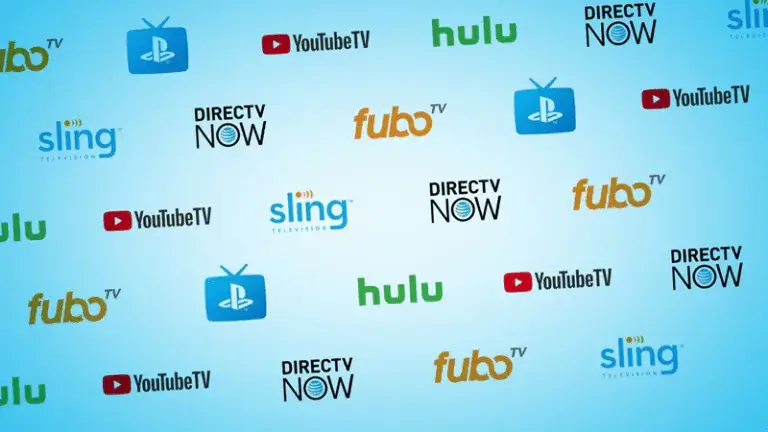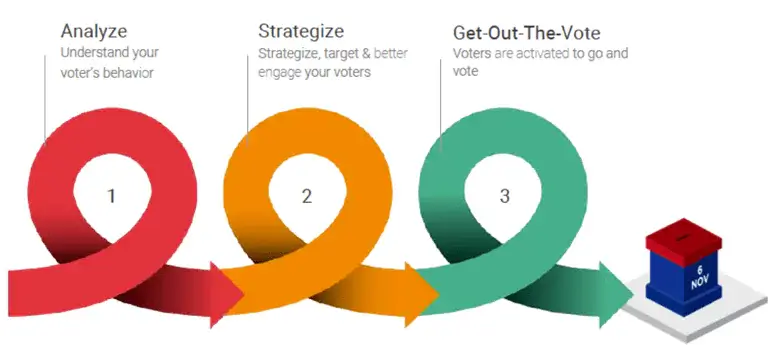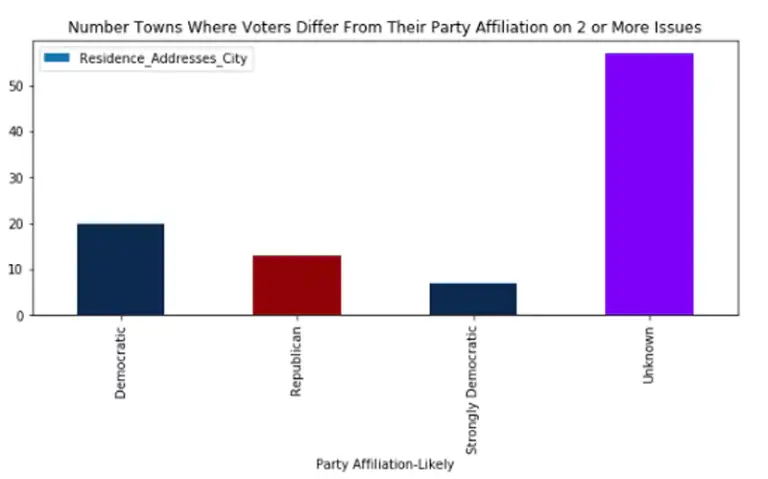Those DSPs Are Fake. Don’t Let Them Fool You
BY IQM EDITORS
Rooting out a real demand-side ad-buying platform (DSP) versus a bogus entity comes down to a simple word–transparency. Political marketers–listen up.

You might be asking yourself, what the hell is a DSP? Simply put, a DSP is a piece of software that allows marketers to buy advertising using automation. In the past decade, advertisers have integrated this technology to cut costs and increase efficiency. Some of the most commonly used DSPs include Google’s Invite Media, MediaMath, Amobee, DataXu, and X+1.
Traditionally individual salespersons buy ads. This practice is expensive, inefficient, and is very opaque. Automation has pulled back the curtain on media-buying and made it much more transparent. But automation has created a new set of challenges,‘imitation DSP’s’ that outsource services and technology. Imitation DSPs rely on ‘final outcome reporting’ to look like an automated process. But in actuality, it’s still a person buying ads and reporting back to you.
A concept being championed in politics more often is transparency. Interestingly, this is also the key to avoid bogus DSPs. Know Before You Buy
Know Before You Buy
There’s new pressure on governments and politicians to create a more open system of governance. Campaigns have a series of reporting requirements for fundraising activities, campaign ads, and expenditures. Once elected, politicians are responding to constituents who want more user-friendly websites, increased access to government data, and responses to freedom of information requests. That same energy from brands and organizations should be used to weed out fake DSPs.
Imitation DSPs create vulnerabilities in the sharing and accessibility of consumer data. You could imagine that for political marketers, securing voter data is prioritized more than in the consumer environment, so here’s how to verify your DSP, such as the IQM political ad buying solutions, are real.
Show it to Me
One of the clearest signs that you’re utilizing a fake DSP is the absence of a self-service user interface (UI), which ensures customers have the ability to follow and optimize their targeted audiences in real-time. Without the ability to log into the platform, brands, campaign managers, or organizations have to rely on account manager to send them reports. If you notice a lag-time in information sharing and audience targeting, and a lack of deep insights in the reports, that is also a sign of a fake DSP.
For example, as an advertiser or political campaign manager, you must know where your ads are specifically being shown. Using legitimate programmatic technology or demand-side platforms — there’s no reason why detailed reports about publishers and performance aren’t possible.
Ad networks promise outcomes and tell you not to worry about how they are achieved. By contrast, DSPs give you full transparency into media buying chain, so that all aspects can be scrutinized and optimized.
Share it With Me
Real DSP companies almost unilaterally use an application programming interface (API) for their platform. These APIs are used by advertisers to create campaigns and generate reports.
One of the quickest ways to figure out if a company is a real DSP or not is to ask them for their API documentation. The documentation is highly technical and lengthy, so it’s hard to fake.
Understanding the architecture of your DSP is not something you want to hear from a middleman interacting with a third party vendor without your knowledge.
WTF Are All These Fees?
Marketers need to know how much of their ad budget goes toward “non-working” expenditures so that they can be kept at an acceptable level. Real DSPs are very transparent about their platform versus technology fee percentages. DSP tech fee margins are typically in the range of 15 percent to 25 percent, depending on spend commitments. If you are signing insertion or purchase orders for each media buy, there’s a good chance you’re dealing with an ad network and not an actual DSP.
Conclusions
Imitation DSPs create unnecessary inefficiencies. Fundamentally, the most effective way for political ad buyers to arm themselves against the ignorance that imitation DSPs count on, is by educating themselves on the limitation of fake DSPs.
Additionally, making sure that your DSP reveals enough information for customers to feel that they are making an informed decision is a sure way to establish trust with your customer base.








